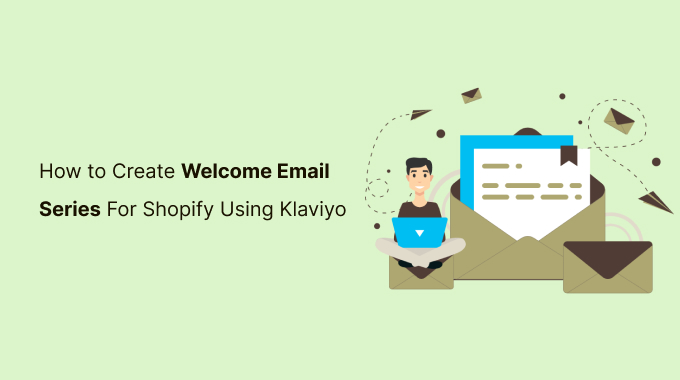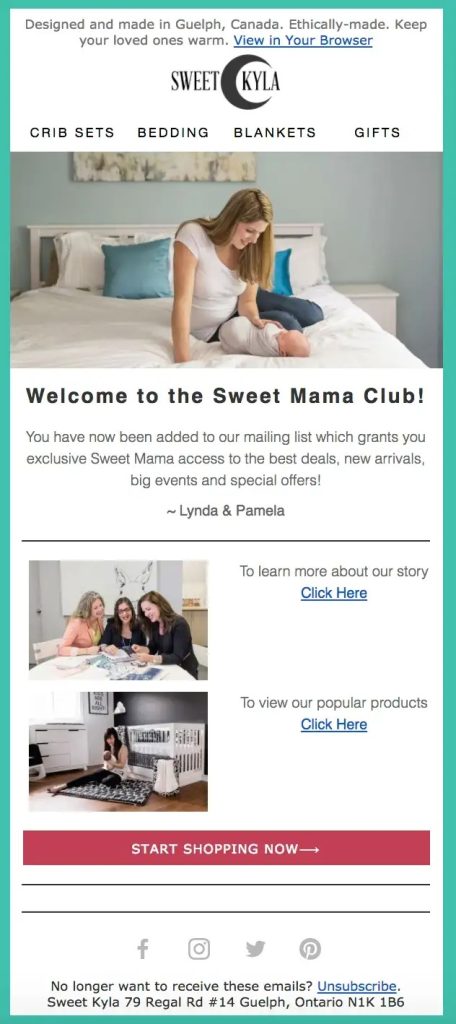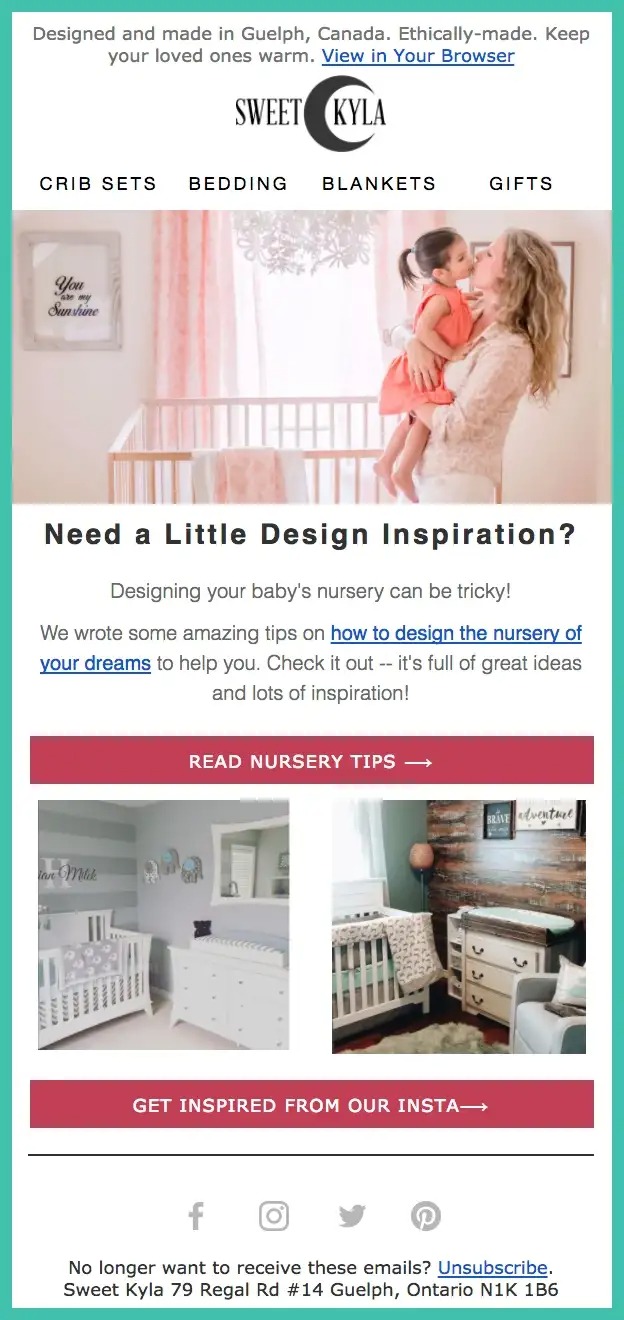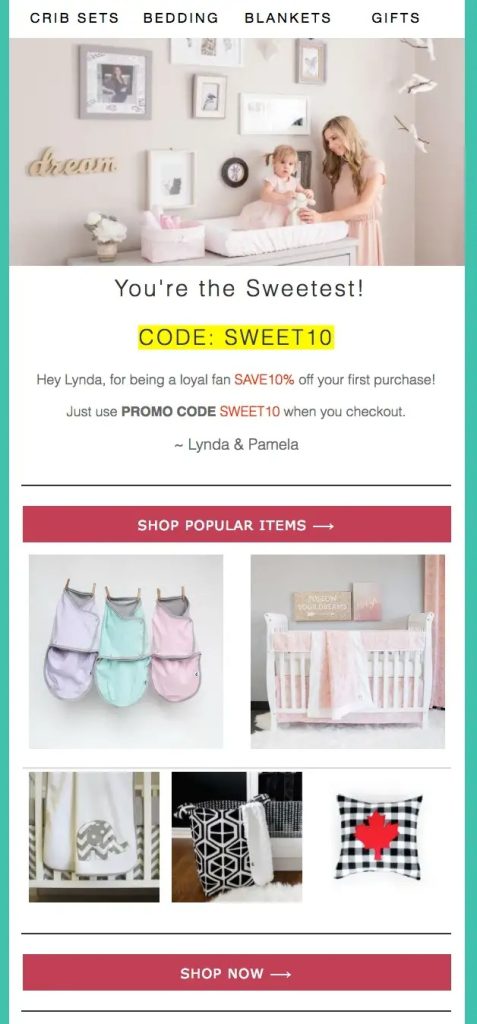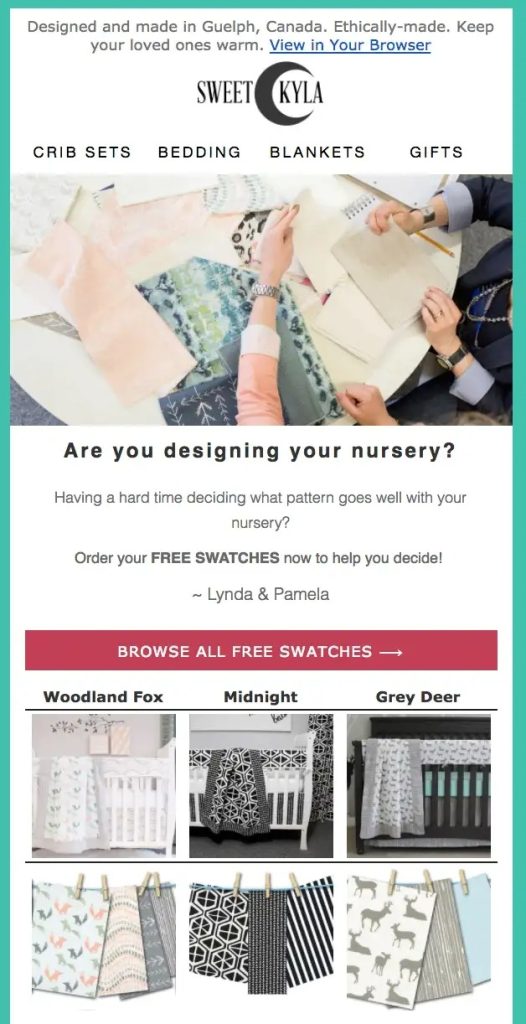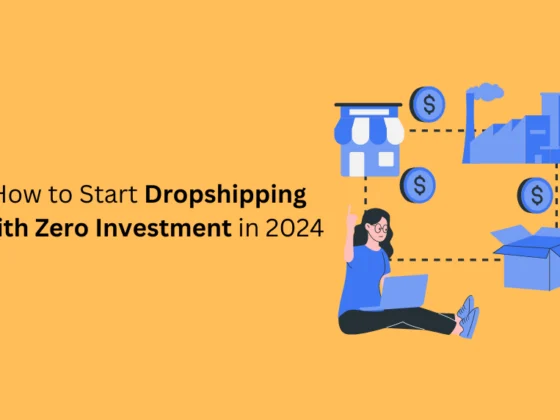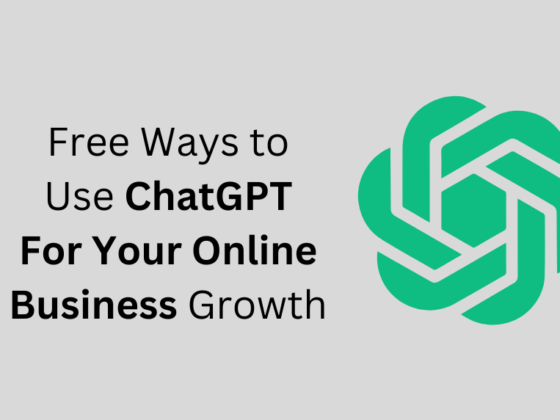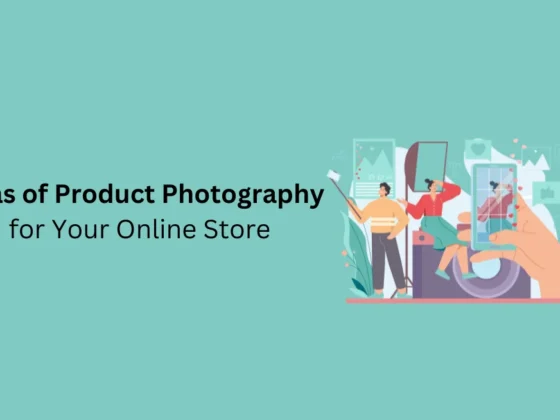A lot of digital marketers have problems creating an email campaign that actually converts into sales and raving fans of your brand and store. So here are some ideas on how to make sure your customers and following actually look forward to hearing from you.
Too many marketers go for the sale or the “kill,” right away which is just annoying and the business owner just comes off as greedy and desperate. You want to be helpful and let the customer come to the decision of buying from you on their own. Here is a layout of an Email welcome series to help them come to that decision a little quicker.
Email 1:
Email 1 should go out as soon as the person subscribes to your list and should be fairly simple. First, you should thank them for subscribing to your email list and give them a brief description of what they can expect from you and the content they will be receiving.
Email 2:
Email 2 should go out around 3 days after the person subscribes to your email list. This email should be something that is helpful to the customer and should not be sales oriented at all. If the online store and email list is related to baby bedding and accessories then this email could be about soothing colors for a nursery to help the infant sleep or interior design tips for nurseries.
Email 3:
Email 3 should go out close to 10 days after the person has subscribed to your list. In this email, you should be trying to gather more information about what the person may be looking for. That way you can send more relevant content to them which means more targeted marketing for you. Using the baby bedding example again you may ask something like, is the email recipient expecting, having a newborn, or shopping for a friend?
Auto-collecting information about customers by using buttons within an email is probably one of the most underused features of Klaviyo. It is really amazing and allows you to personalize emails that much better.
Email 4:
Email 4 can be sent out around the 14-day mark. This is where you can start sending your potential customer discount codes which will get them thinking about actually purchasing something. The other emails up until this point have already warmed them up to the idea of purchasing.
Email 5:
Email 5 should be sent out 20 days after subscribing to the email list. This is the point where you can actually try and get them to order something. It does not necessarily have to be a product but it can be something that will increase the likelihood of them buying a product. Continuing on with our example we could make an offer to order free swatches so the potential customer can see if they would match their nursery.
If you take a person through these steps they are far more likely to have success in converting them into a customer or even fan, which is also very valuable. You have to think of how you receive emails. If someone is just trying to cram products down your throat, you probably become annoyed, never buy anything and never want to hear from them again. Give the people that sign up to hear from you things that are relevant and useful to them, even if it is not directly related to any product you are selling. Then they will be delighted to hear from you and more likely to buy.
Here are my top 5 tips when building your own welcome email series:
- Try to build a welcome series that lasts 3 months (12–15 emails worth). This way new subscribers are not going cold.
- Warm them up to your brand, not direct selling.
- Try to learn more about your customers by capturing information such as age range, gender, etc.
- Share blog content (if you have a blog).
- Get them to learn more about you.
I’d be very grateful if you’d help it spread by emailing it to a friend, or sharing it on Twitter or Facebook. Thank you!
If you enjoyed this, you might also enjoy these post
Top 10 Email Campaigns That Will Boost Your Sales
